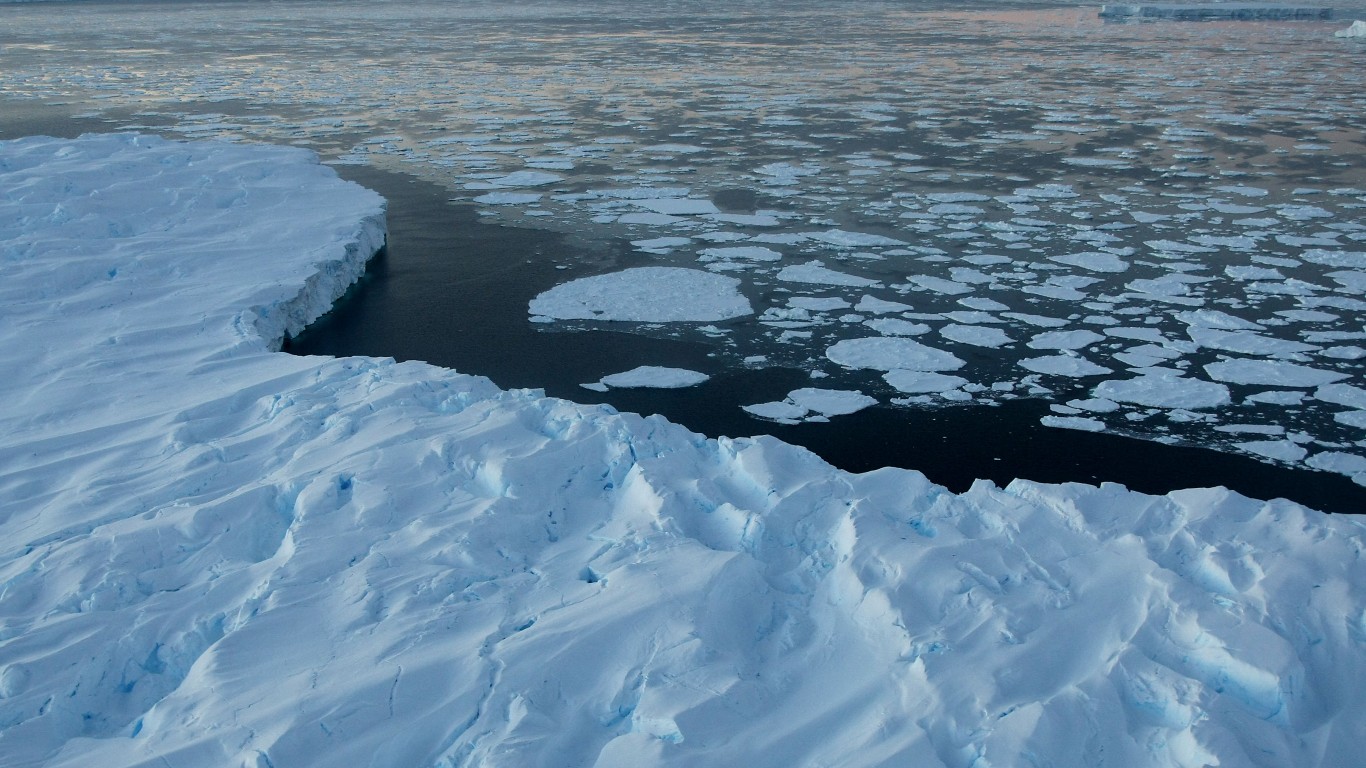Banking, finance, and taxes
How Central Banks Could Help Mitigate Climate Change

Published:
Last Updated:

When most of us think about how to combat the effects of climate change, we think about policies and programs that are fiscal in nature. The Green New Deal, for example, sets goals including repairing and upgrading the U.S. infrastructure to eliminate, as much as possible, pollution and greenhouse gas emissions, among a host of other programs, all of which require committing massive amounts of capital.
Virtually ignored in any discussion of mitigating climate change effects is the role of macroeconomic financial and monetary policy. Researchers at the International Monetary Fund (IMF) have conducted a review of the literature on such policies and how and where they might fit into mitigating climate change.
The IMF researchers clearly state the limitations of fiscal policy: “Market failures, unaddressed and exacerbated by government failures, prevent an appropriate market response to the challenge of mitigating climate change.” The fiscal policy options generally revolve around setting a price on carbon, spending and investing on infrastructure, and offering public guarantees on private projects. These options affect a nation’s budget and are typically implemented by the government.
National economies also need to transform their financial structures in order “to correct the lack of accounting for climate risks for financial institutions” and “to internalize externalities and co-benefits at the level of society.” Financial policy tools include such things as financial regulation and, in the IMF report, “policies that make use of the central bank balance sheet.”
For example, the mandates of most central banks allow them to make policy decisions related to asset purchases and acceptable collateral. Reflecting climate risk when making those decisions is within the proper role of a central bank. More controversial are monetary tools like green qualitative easing and credit allocation policies.
The IMF’s researchers also recognize the political economy considerations of climate change mitigation: “The low-carbon transition implies the replacement of entire sectors, economic activities and technologies, which in turn implies negative impacts for a wide range of economic actors and various groups.” For example, setting a price on carbon is virtually certain to raise energy prices.
Politically, that’s a hornet’s nest that politicians eventually will have to come to grips with and that will result in short-term winners and losers. In the IMF’s literature review, taking collective action implies “compensation of losers from climate policy may be needed on political economy grounds, as climate policy gains are intangible and unclear while climate policy costs are visible and concentrated on selected industries—making it difficult to create a vocal group of policy supporters.”
The primary takeaway from the IMF report is that it supplementing fiscal policy with financial and monetary policy is essential to climate change mitigation. Depending on markets alone will not do the job because governments are reluctant to take action to address those market failures. Putting the central bank’s balance sheet behind mitigation efforts could have a deciding impact on mitigation efforts.
And it’s past time to get moving: “The stakes of climate change mitigation are existential. The scientific consensus is that climate change is undermining the ecological systems on which human and all other forms of life depend. There is hence a need for climate change mitigation action to preserve the conditions not only for economic growth but for life within earth systems.”
The thought of burdening your family with a financial disaster is most Americans’ nightmare. However, recent studies show that over 100 million Americans still don’t have proper life insurance in the event they pass away.
Life insurance can bring peace of mind – ensuring your loved ones are safeguarded against unforeseen expenses and debts. With premiums often lower than expected and a variety of plans tailored to different life stages and health conditions, securing a policy is more accessible than ever.
A quick, no-obligation quote can provide valuable insight into what’s available and what might best suit your family’s needs. Life insurance is a simple step you can take today to help secure peace of mind for your loved ones tomorrow.
Click here to learn how to get a quote in just a few minutes.
Thank you for reading! Have some feedback for us?
Contact the 24/7 Wall St. editorial team.